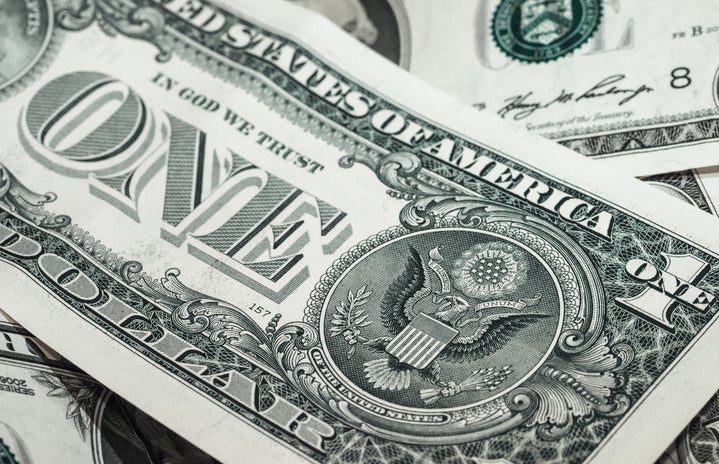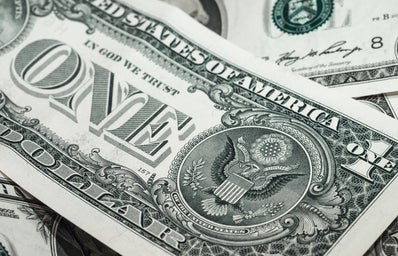As a student, I’m all too familiar with financial struggles. But, I’ve learned ways to help lessen that burden when it comes to shopping. There are measures you can take that will save you money when buying groceries, here are a few I use!
Buy in Bulk
This really depends on what you’re buying, but sometimes it is cheaper to buy in bulk. If I see an option for a singular item versus a case of it, I’ll do some a simple calculation to find out which route has the lower price and gives the most amount of food. Toilet paper, pasta, canned foods, etc. are items that don’t expire quickly and I would recommend scooping up a lot of them when on sale.
Price Matching
Price matching is an easy way to save yourself some dough. Some stores allow you to bring in a flyer from a competing store and they will change the price of their product to match that of the sale item in the flyer. Walmart, Freshco, No Frills, Real Canadian Super Store, Giant Tiger, etc. are some of the stores that do price matching. However, there are restrictions such as the flyer must be current and the item must be the exact same brand and size (ex. white Wonder Bread 675g can’t be price matched if the ad is for Villagio white bread 675g). Also, some establishments only allow price matching from certain competitors, so make sure you find that out before shopping.
I start by making my list of groceries, then checking for price matches for each item. I use a mobile app called Flipp that allows you to search up an item (ex. soup) and see which stores have that item on sale, then you can compare who has the lowest price. Instead of bringing in a physical copy of the flyer, I can just show the cashier the flyer on my phone and they will match the price. It seems a little tricky at first, but if you stay organized, it gets quicker every time you do it. My biggest save yet was paying only $62.35 on a purchase that would’ve cost $213.70 if I hadn’t price matched!
There are other price matching apps such as Reebee, but I’ve found Flipp to be the easiest to use. Not only does this free app have local flyers available for you to browse, but it also can keep track of your grocery list and has coupons too! Which brings me to my next point.
Couponing
You may have watched that show “Extreme Couponing” in which US shoppers buy in bulk and pay virtually nothing for their haul of groceries. While it’s a lot harder to accomplish that in Canada, you can still cut prices with the right coupon. A few places have coupons near the entrance of the store or in their flyer, but the more accessible coupons can be found online and printed off (ex. www.save.ca). Like price matching, the coupon obviously can’t be expired and the item you’re buying must be the same as that stated on the coupon. These are best used when items go on sale. For example, Walmart may have a sale on Colgate toothpaste for $1.00 each and your coupon could be “Buy Two and Get $1.00 Off”, so you’re essentially getting a free tube of toothpaste. Price matching and couponing also go hand in hand, you could price match toilet paper for $5.99 and use a $5.00 off coupon. While it may seem time consuming to do these things, you’ll say yourself hundreds of dollars every year which can go towards paying off those pesky student loans!
Other Tips
– Don’t shop when you’re hungry, impulse buying is a money waster
– Reach to the back! Stores put the oldest items at the front of the shelf to get rid of them, so grab for the farthest items.
– Look high and look low because the most expensive items are usually put on the shelf at eye level.
– Make it a mission: go in with your list and a laser focus to make sure you’re only getting what you really need.
– If you’re really struggling to stick to budget, only bring a certain amount of cash to the store to force yourself to stay on track and not go over that amount.
– Lastly, don’t panic! Shopping can be stressful, so while this article lays out ways to help you get the most for your money, its important to remember that sometimes it’s okay to indulge and buy yourself that chocolate bar.


